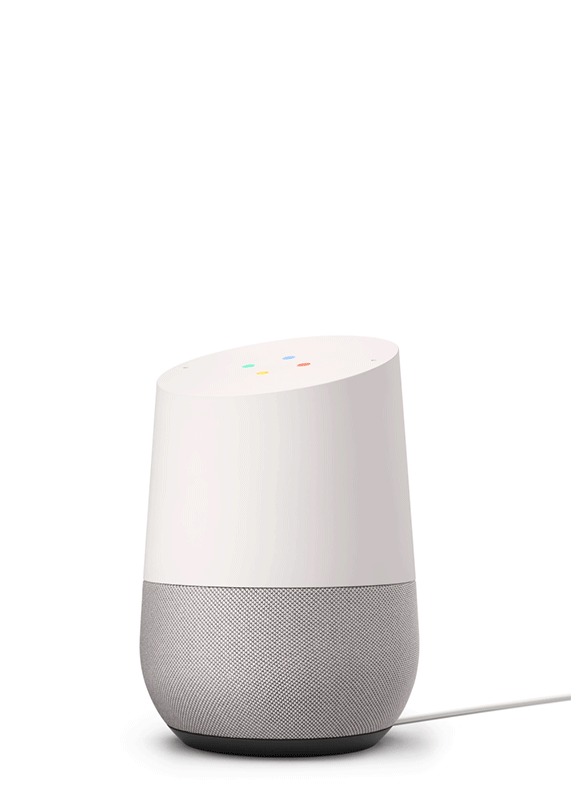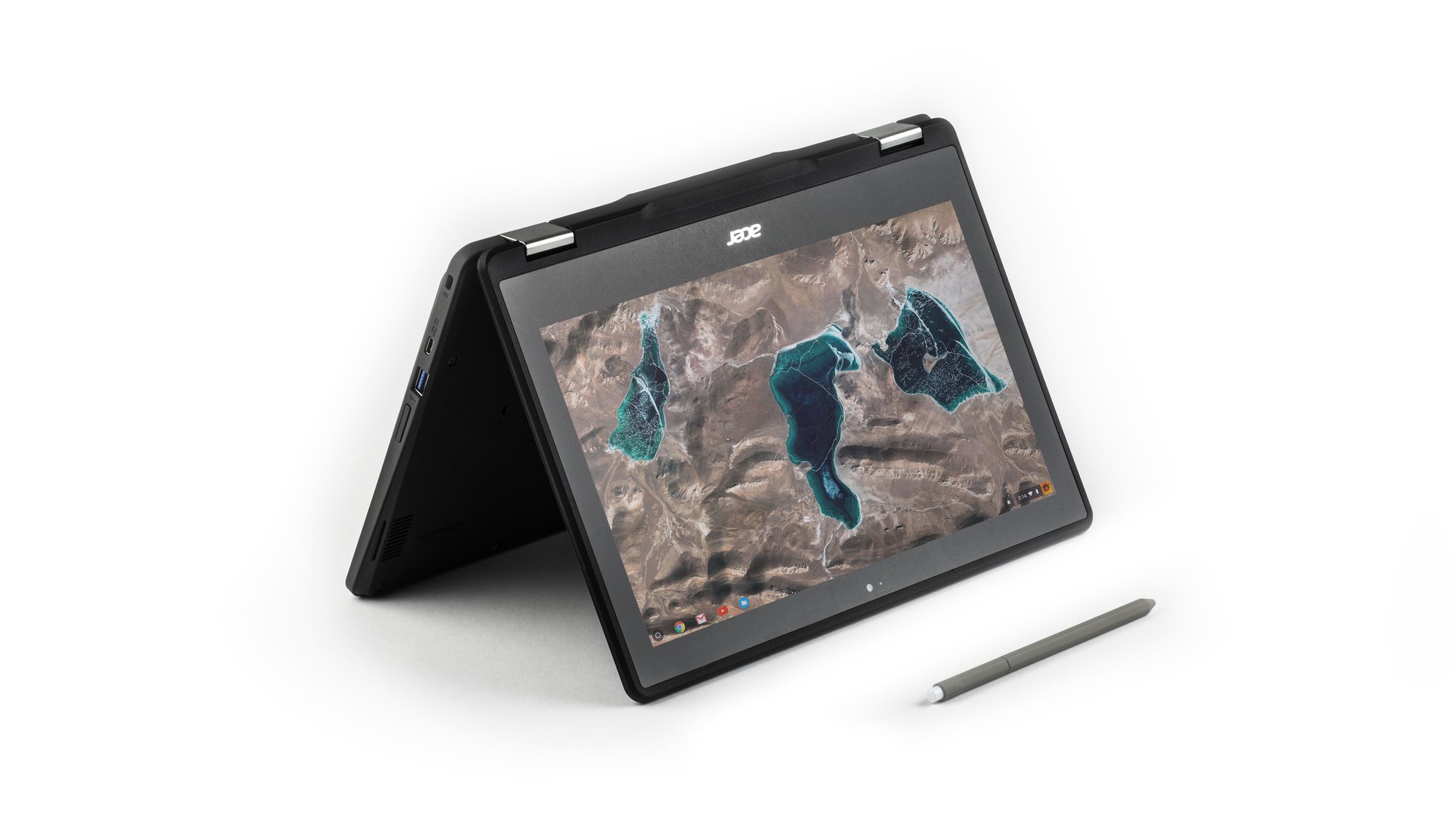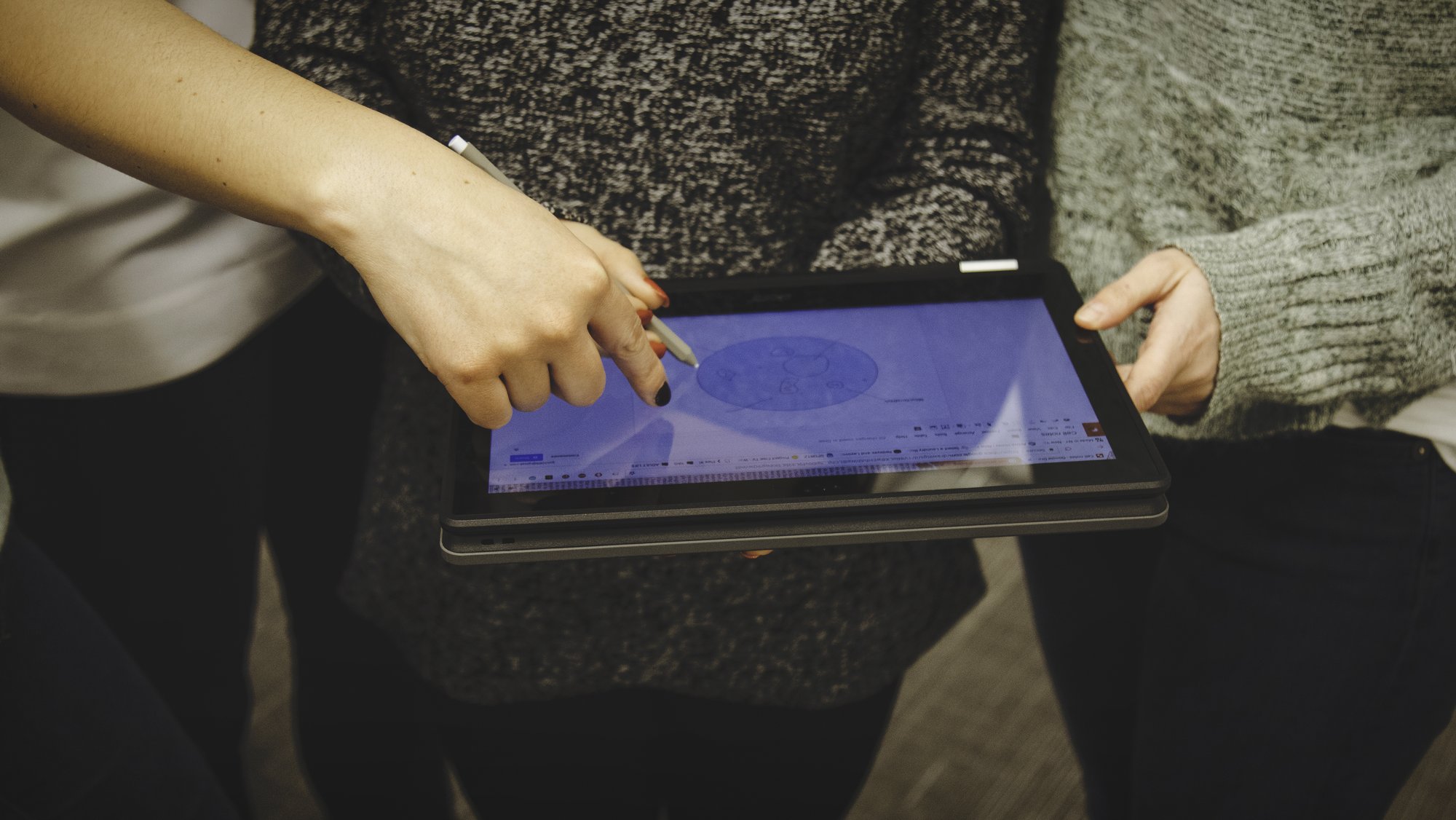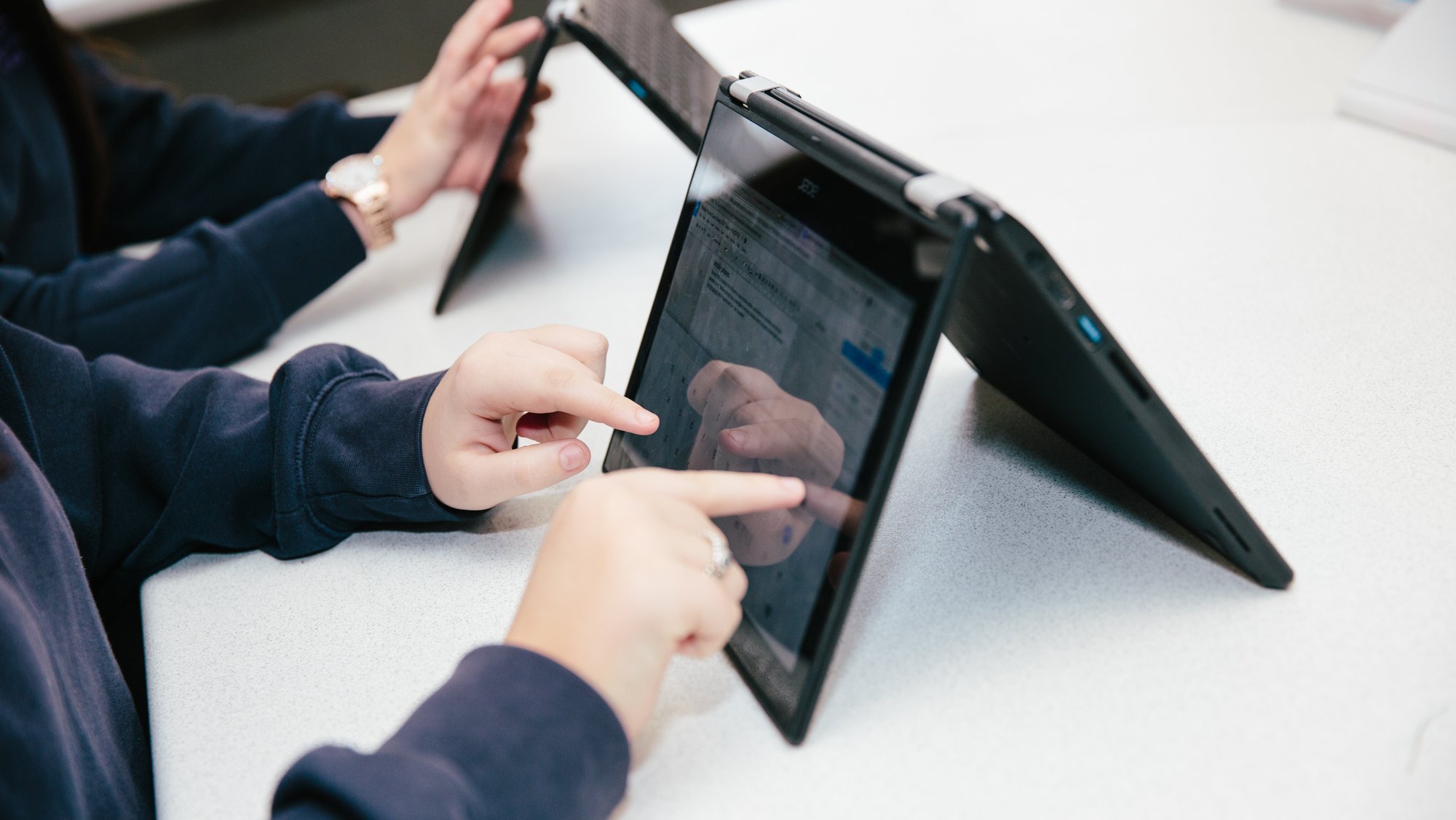The Keyword | Google Blog |
| Your home just got smarter with new Google Assistant partners Posted: 24 Jan 2017 09:00 AM PST Connecting your Google Assistant on Google Home to other devices around your house can simplify your day and help you get more done. Last year we announced that Nest, Philips Hue and Samsung SmartThings are all available on Google Home to help you control your lights, thermostats and switches—with more partners coming soon. Today, "more" have arrived—you can now add Belkin Wemo and Honeywell to that list. With Honeywell and your Google Assistant on Google Home, you can conveniently manage your home's temperature without leaving the comfort of your covers—just say "Ok Google, turn the temperature up downstairs." And when you're headed out the door, Belkin Wemo and your Google Assistant can help you remember if you turned off the lights—just say "Ok Google, did I leave the bedroom lights on?"  To set up Home Control from your Google Home, go to the Google Home app, select settings and then select Home Control, and click "+" to add a new device. We're also bringing Home Control to Pixel soon. Looking for more ways to get things done at home? Try IFTTT, a platform that lets you combine hundreds of different services in new ways. With IFTTT on Pixel and Google Home, you can create custom voice commands for your Google Assistant. So instead of saying "Ok Google, turn on the living room lights," you can say "Ok Google, I'm home" (or another command of your choice) to turn the lights on. With the Google Assistant, we want to make it as simple as possible to get things done from anywhere, whether you're at home or on the go. With today's addition of Belkin Wemo and Honeywell to the Assistant on Google Home—and soon, Pixel—it's easier than ever to control your smart home and get on with your day! |
| A new generation of Chromebooks, designed for millions of students and educators Posted: 24 Jan 2017 07:00 AM PST Editor's Note: At Bett, one of the largest education technology conferences in the world, we're announcing new Chromebooks designed for education. Check out @GoogleForEdu and #BETT2017 to follow along. When I was a student, I juggled different tools throughout my day—a paper notebook for history, a shared desktop for writing, and a graphing calculator for math. In the years since, computers have begun to replace the need for those various tools—what we did on that calculator can now be done with an app, for example—allowing new possibilities for teaching and learning. Through our tools and devices, we try to help these possibilities come to life. Today both Chromebooks and Classroom are used by more than 20 million teachers and students, and we're excited to announce that more than 70 million people actively use G Suite for Education. Chromebooks have been the device of choice for educators because of their simplicity, security, shareability and low cost. And at Bett this week we're introducing a new generation of Chromebooks designed to adapt to the many ways students learn. Look out for new Chromebooks from Acer, Asus, HP, Dell, and Lenovo in addition to the recently announced Samsung Chromebooks—a powerful option for educators. With new apps, stylus and touch capabilities, we expect our partners will continue to build an even wider variety of Chromebooks in the future, including detachables and tablets. More versatile ChromebooksAt Bett we're featuring two devices: the Acer Chromebook Spin 11 and the Asus Chromebook C213, arriving late spring. We worked with educators and partners to design these Chromebooks for the specific needs of schools:
Our math department was keen to get tablets so students could write out equations. Stylus on Chromebooks will be a massive help for mathematics.Roger Nixon, ICT Director Wheatley Park School, Oxford
A world of content on ChromebooksNow educators have even more ways to find great educational content on Chromebooks:
From teaching design concepts to visual storytelling, Adobe apps on Chromebooks will open up avenues for our students.Kelly Kermode, Teacher Forest Hills Public Schools, Michigan
Recent updates to Google ClassroomOn all Chromebooks, students and educators can use Google Classroom to collaborate, stay organized and save time. The Classroom Android app, now available on Chromebooks, opens up new possibilities to students in how they use their devices. With the help of a stylus-enabled Chromebook, students can complete their math homework by hand or sketch a visual for a science project by annotating documents directly in the Classroom app. Students, teachers and administrators can also use their Chromebooks to try out the new Classroom features we rolled out earlier this month. Now, teachers can assign work to a subset of students, rather than just the entire class, and use new types of Classroom notifications to manage assignments. For administrators, we now offer more insight into how Classroom is used, with Classroom metrics in Admin Console reports. We believe in the power of technology to help students learn how they learn best and teachers teach the way they find most effective. We'll continue to work with educators in 2017 to build tools that support the important work they do every day. |
| You are subscribed to email updates from The Official Google Blog. To stop receiving these emails, you may unsubscribe now. | Email delivery powered by Google |
| Google Inc., 1600 Amphitheatre Parkway, Mountain View, CA 94043, United States | |





